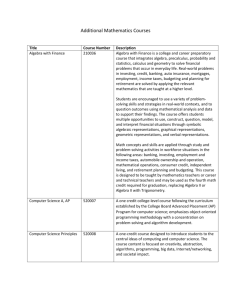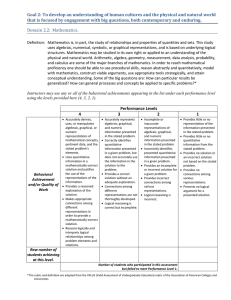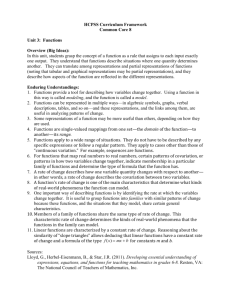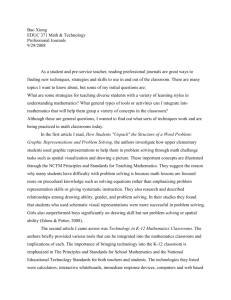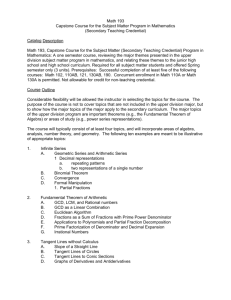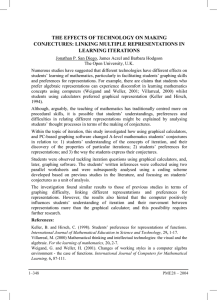Learning Theories
advertisement
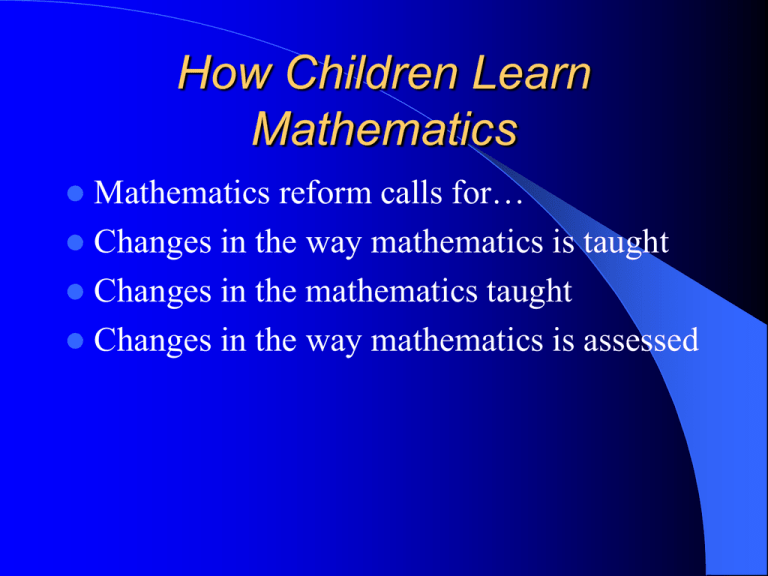
How Children Learn Mathematics Mathematics reform calls for… Changes in the way mathematics is taught Changes in the mathematics taught Changes in the way mathematics is assessed Learning Theories The Constructivists The Behaviorists Cognitive Study The Constructivists Constructivists believe that children must be allowed to experiment physically with the things around them if they are to learn. Piaget (Sensimotor, Preoperational, Concrete operational, Formal operational) Vygotsky Bruner The Behaviorists Stress the stimulus-response approach to learning Learning Styles Perpetual learning style refers to a person’s preference for material presented through one of the fives senses: – Visual – Auditory – Tactile Gardner’s Four Views of the Mind Constructivism Multiple Representations Individual Differences Early Representations Constructivism Human mind is active sense-making entity The mind receives input and operates on it It pays attention to certain kinds of input, raises questions, reflects on it, sets out goals, and strives to either achieve or alter the goals. Multiple Representations Three schemes widely acknowledged – Natural language – Mathematics – Spatial Relations – Additional ones, sometimes called intelligences are musical, bodily, interpersonal, intrapersonal, and naturalistic. Individual Differences Human beings differ from one another in personality, appearance and intellect Brain studies Different populations Culture Early Representations Representations that we construct in early childhood are extremely difficult to change Jean Piaget has demonstrated this in his crib-side demonstrations



